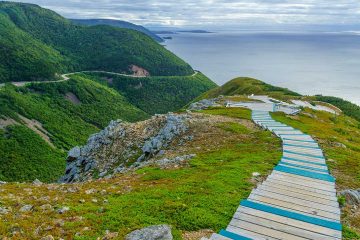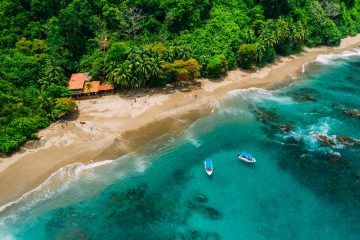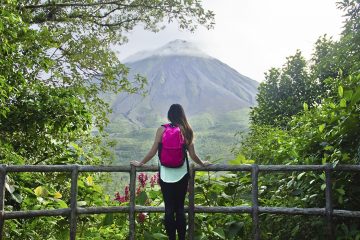With the majority of international travel still on hold for the near future, a trip to a nearby National Park is a great way to get a change of scenery right now while still being a responsible traveler. Since National Parks are kind of founded on the idea of being, you know, outside, there’s plenty of outdoor activities and space for social distancing.
Wondering the best ways to plan a trip to see some of the National Parks? With 62 US National Parks to choose from, you’ve got plenty of options. Here are our best tips for planning a National Park vacation—and 3 of our favorite National Park road trips.
1. Think outside the box—or check something off your bucket list.
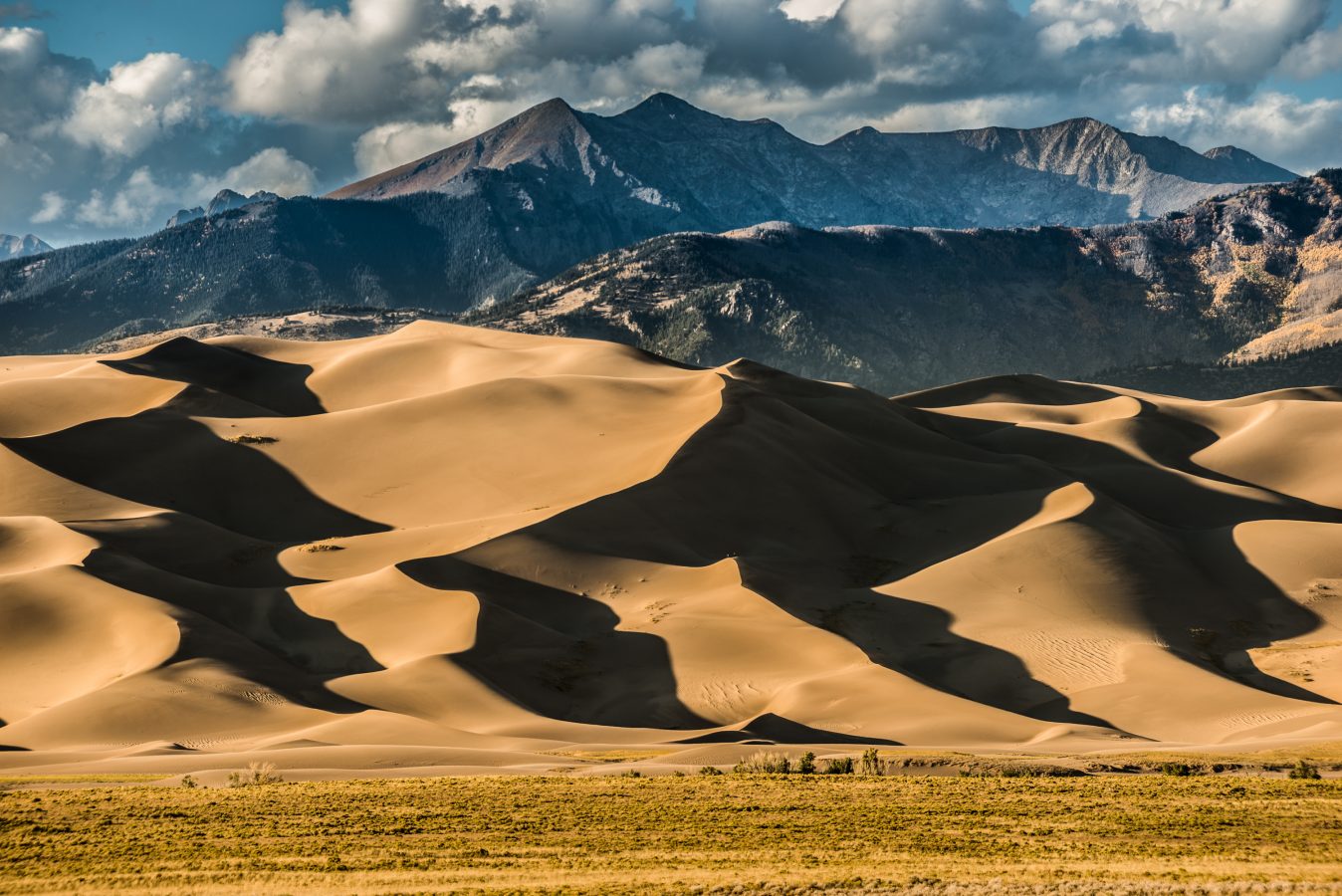
Everyone knows about some of the most famous National Parks—Yellowstone, Yosemite, the Grand Canyon, for example. And these parks are famous for a reason, they’re incredible! If you’ve never been, it’s definitely time to plan a trip and check it off your bucket list.
But if you want to beat the crowds and get off-the-beaten-path a bit more, there’s so many other National Parks to visit and explore that aren’t as well-known. For example, have you ever heard of Great Sand Dunes National Park? Its landscapes (and giant sand dunes) are so otherworldly it doesn’t even look like it belongs in the US—but it’s just a few hours away from Denver, CO! Lassen Volcanic National Park in California, Voyageurs National Park in Minnesota and Guadalupe Mountains National Park in Texas are three little-known parks that are definitely worth visiting!
2. Take a road trip.
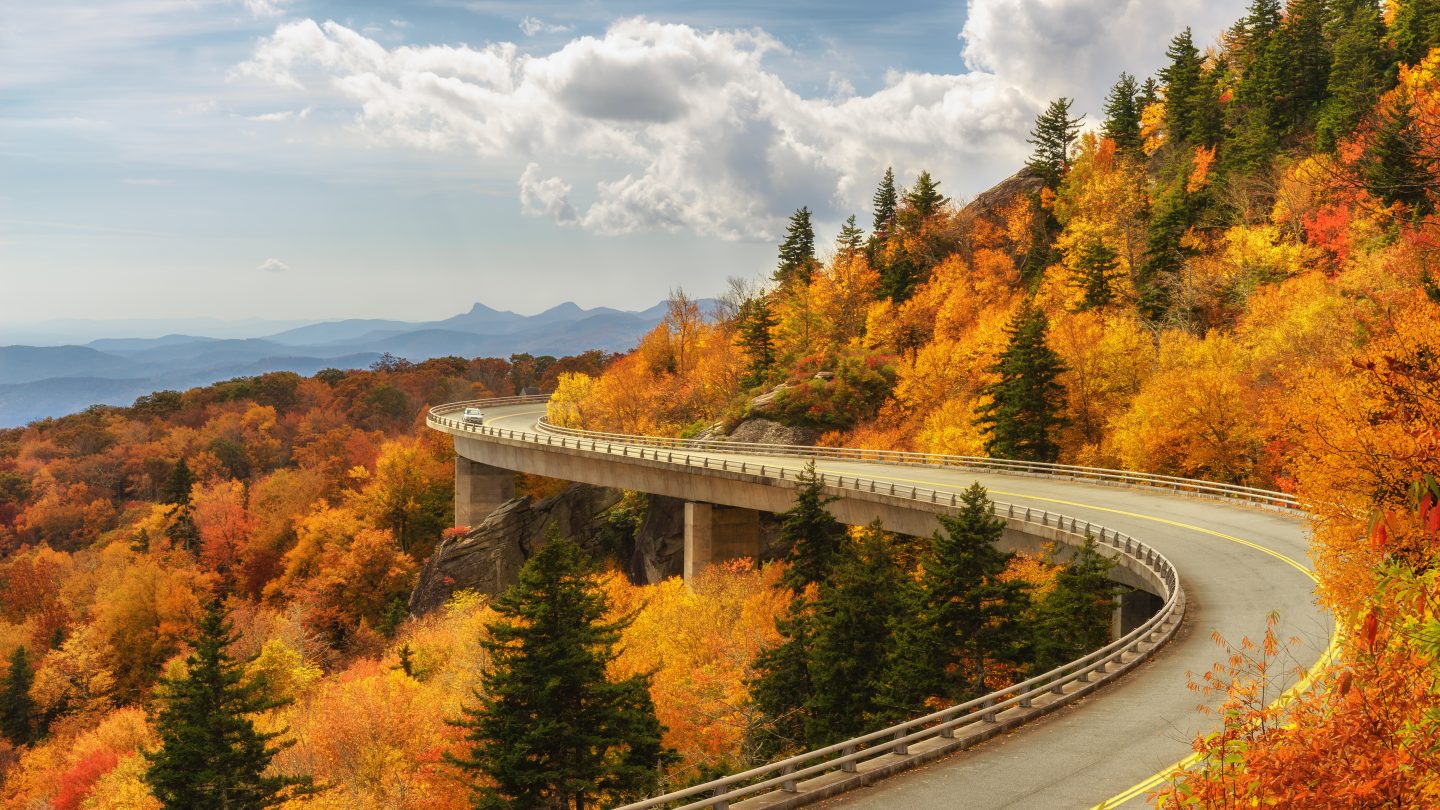
Hands down, one of the best ways to see the National Parks is by planning a road trip. Whether you’re road tripping to the park nearest you for a few days away or stringing a bunch of nearby parks together into an epic itinerary (see our favorite routes below), a road trip gives you freedom to get off the beaten path and explore whatever strikes your fancy.
No car? No problem—we have student car rentals available for anyone 21 or older, or you can rent a car or campervan through a site like Turo or Escape Campervans.
3. Go camping, or try staying in a National Park lodge.
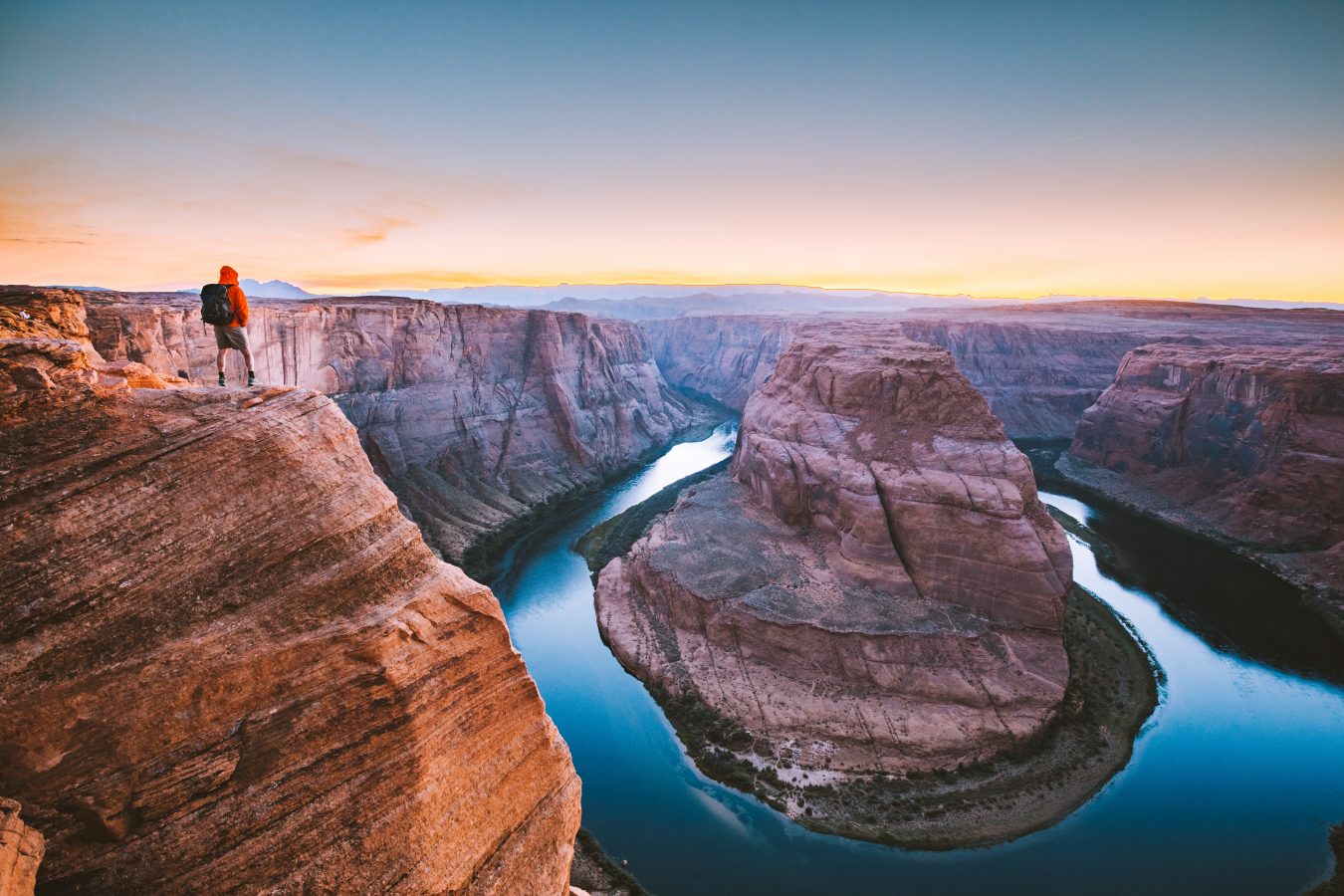
A national park trip is a great way to opt outside as much as possible. The more you can stay outside, the cheaper your trip will be, too! Camping in or near the National Parks is a great idea, as it gives you easy access to the parks and gives you a chance to unplug a bit more. Most parks have lodges or hotels too, giving you an option to be indoors with a bit more comfort while still staying close to the park. Some parks even offer shuttles between main hiking trails and park sights and the lodges as well, making planning even easier and more convenient for you.
4. Plan ahead.
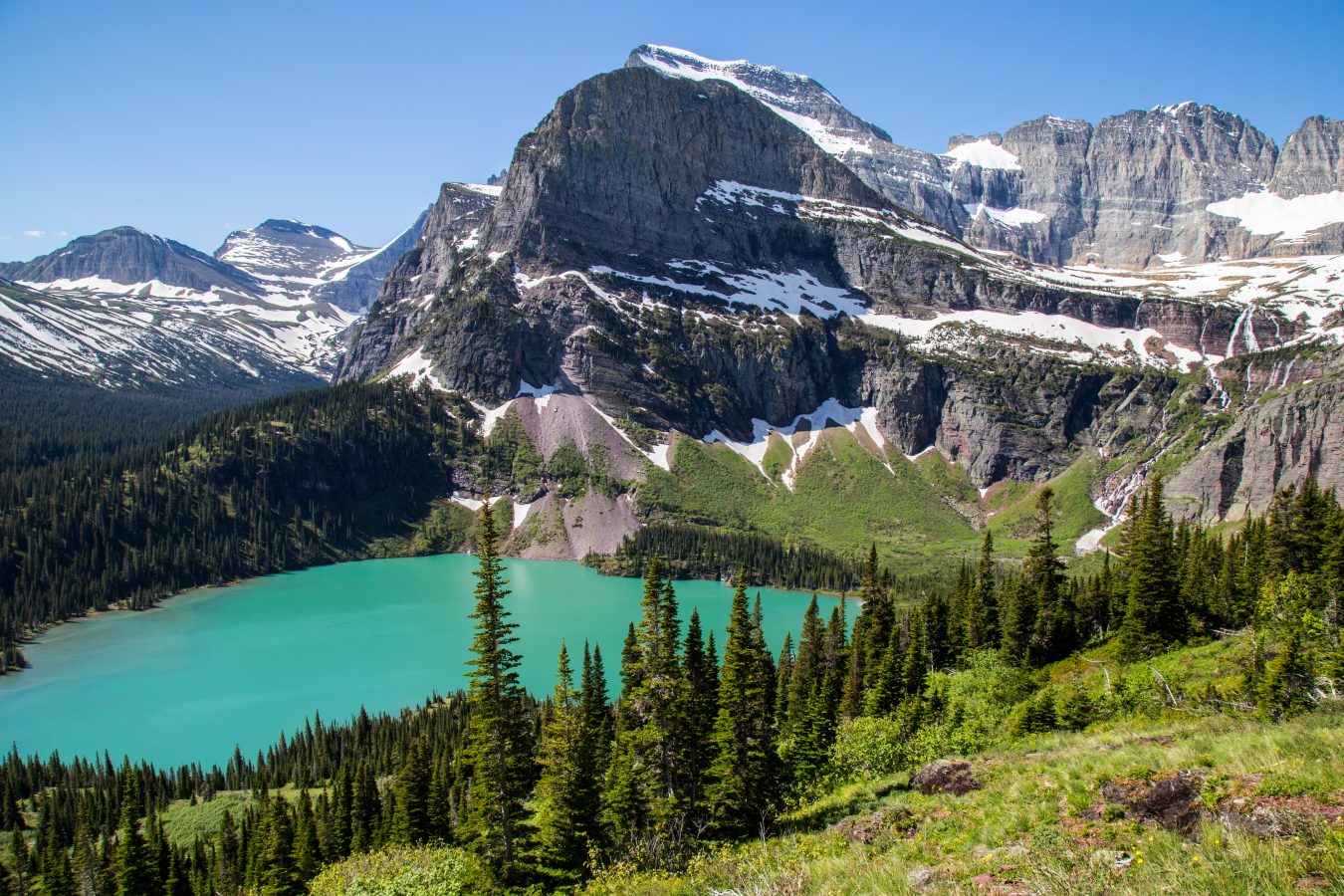
Visiting a National Park is a great way to get out of town for a spontaneous vacay. But make sure you do a little research in advance, especially about these 4 areas:
Weather
The National Parks typically have a lot of wilderness areas—great for exploring and adventuring! Not-so-great during inclement weather. Check in advance to make sure you know what areas of the park may be closed due to snow, or what kinds of gear/preparations you should have for especially hot or cold weather.
Entrance fees
Most US National Parks have an entrance fee of some kind, whether it’s a day-pass for parking or a week-long pass. Passes are usually $35, good for your whole car and for 7 days. If you’re visiting multiple parks in one trip, it may be worth it to purchase a National Parks pass. For just $80, it covers entrance fees/park fees for all the national parks for a year, plus national forests and some other wilderness areas as well.
Park access
Some parks (notably, Zion and Denali National Park) restrict driving access during peak season to avoid traffic and congestion within the park. Check ahead to see if this will be the case. If it is, you’ll need to take a shuttle in and out of the park each day. Honestly, this can be a lot easier anyways, and the park shuttles typically run quite frequently. Just make sure you check when the last shuttle of the day is and don’t miss it!
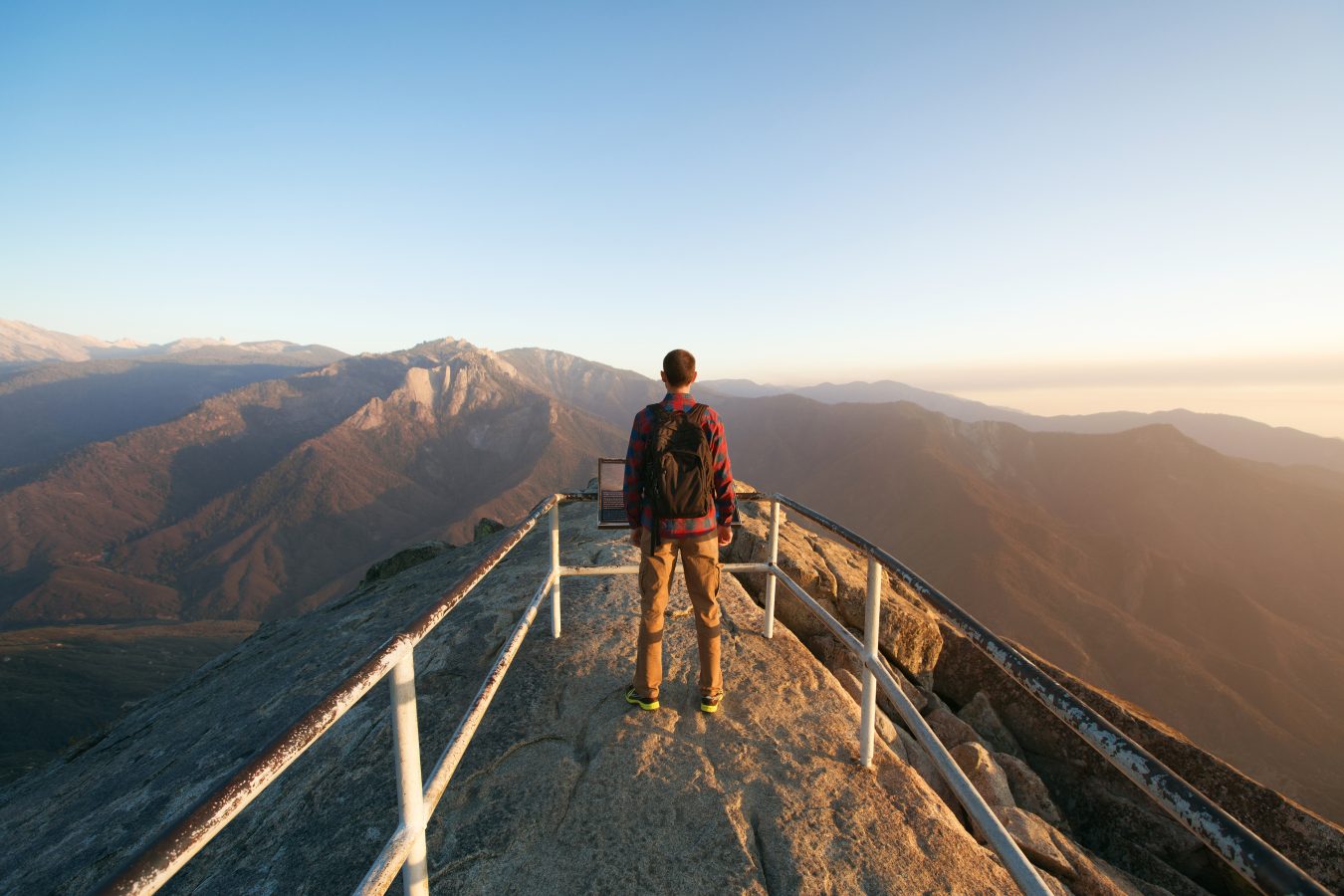
Permits
If you’re planning on camping in backcountry (i.e. on a backpacking trip as opposed to in a normal campground) or doing a very popular or very long hike, you may need a Wilderness Permit. Check in advance to see what permits are required for any overnight backpacking trips you’re planning. Some permits—such as those for Half Dome in Yosemite—are on a lottery system, so you’ll need to apply for them well in advance of your trip.
5. Pack smart.
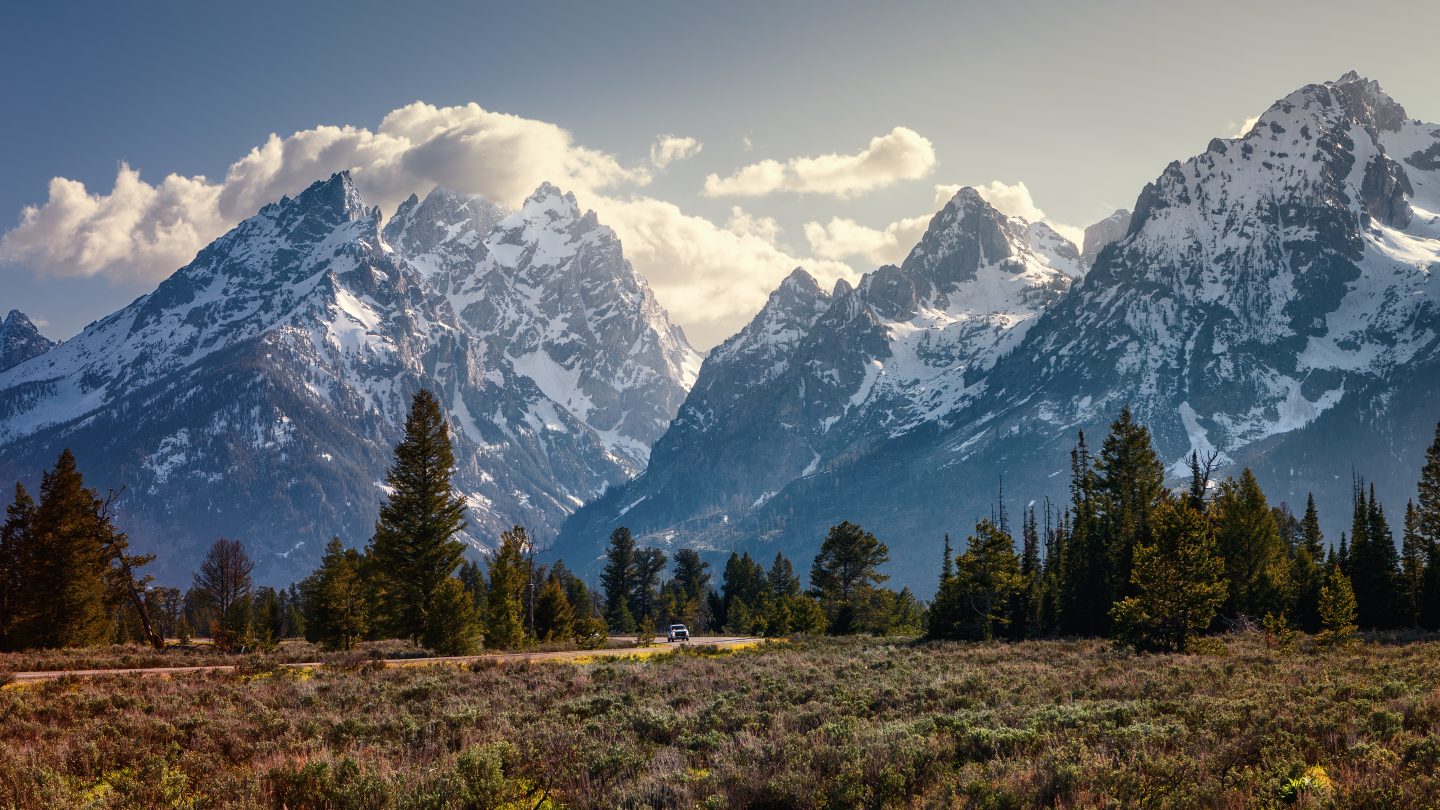
No need to pack everything you own—a trip to the National Parks can be pretty low-key. Leave your makeup and anything fancy at home and just bring your best adventuring clothes and some comfy sweats for chilly nights.
Even if you’re not an avid outdoor adventurer, the National Parks typically involve lots of outdoor activities. As such, you should pack accordingly. Bring a good pair of hiking shoes or boots, a basic first aid kit, a reusable water bottle (or two), some good hiking snacks, sunscreen, a map of the park (especially for longer hikes) and clothes appropriate for the weather. There’s usually small towns within driving distance of the parks where you can get most of these supplies. However, it’s easier to come prepared. You’ll want to make sure you have these things on hand while doing day hikes, too!
3 of The Best National Park Road Trips
1. West Coast, Best Coast
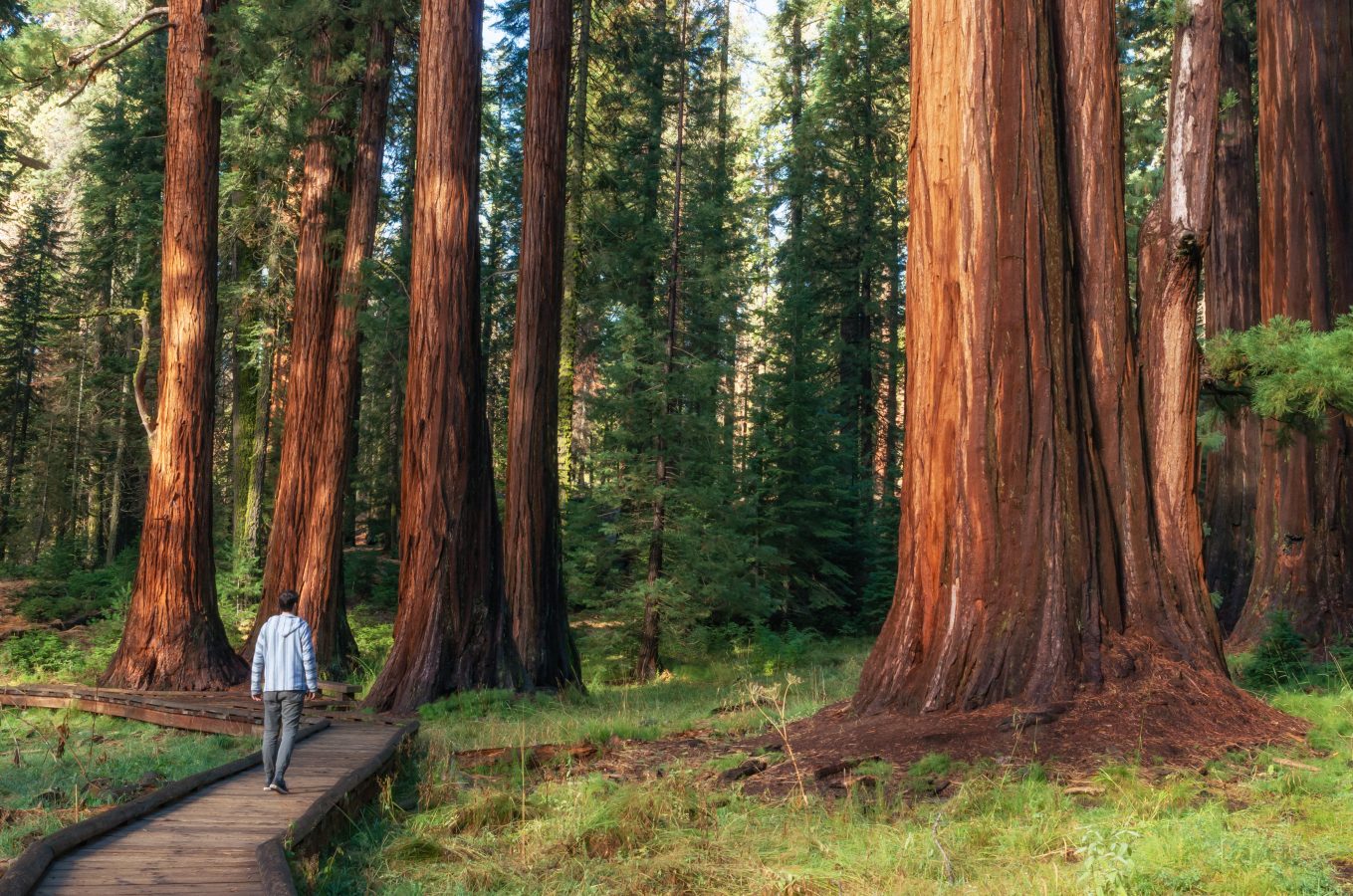
The West Coast has loads of National Parks. With this epic itinerary, you can check a ton of them off your list all in one trip. Keep in mind this will take you several weeks if you spend at least a day or two at each park (plus driving time in between). If you’ve got some time during your summer vacation, though, why not? Even if you’re not from the West Coast, this road trip makes it easy. Just fly into Seattle, rent a car, then drive all the way down the coast to Los Angeles, where you can return the car and fly home.
This route includes:
- Olympic National Park
- Mount Rainier
- Crater Lake
- Redwood National Forest
- Sequoia and Kings Canyon National Parks
- Yosemite
- Death Valley or the Channel Islands
2. National Parks Highlight Reel
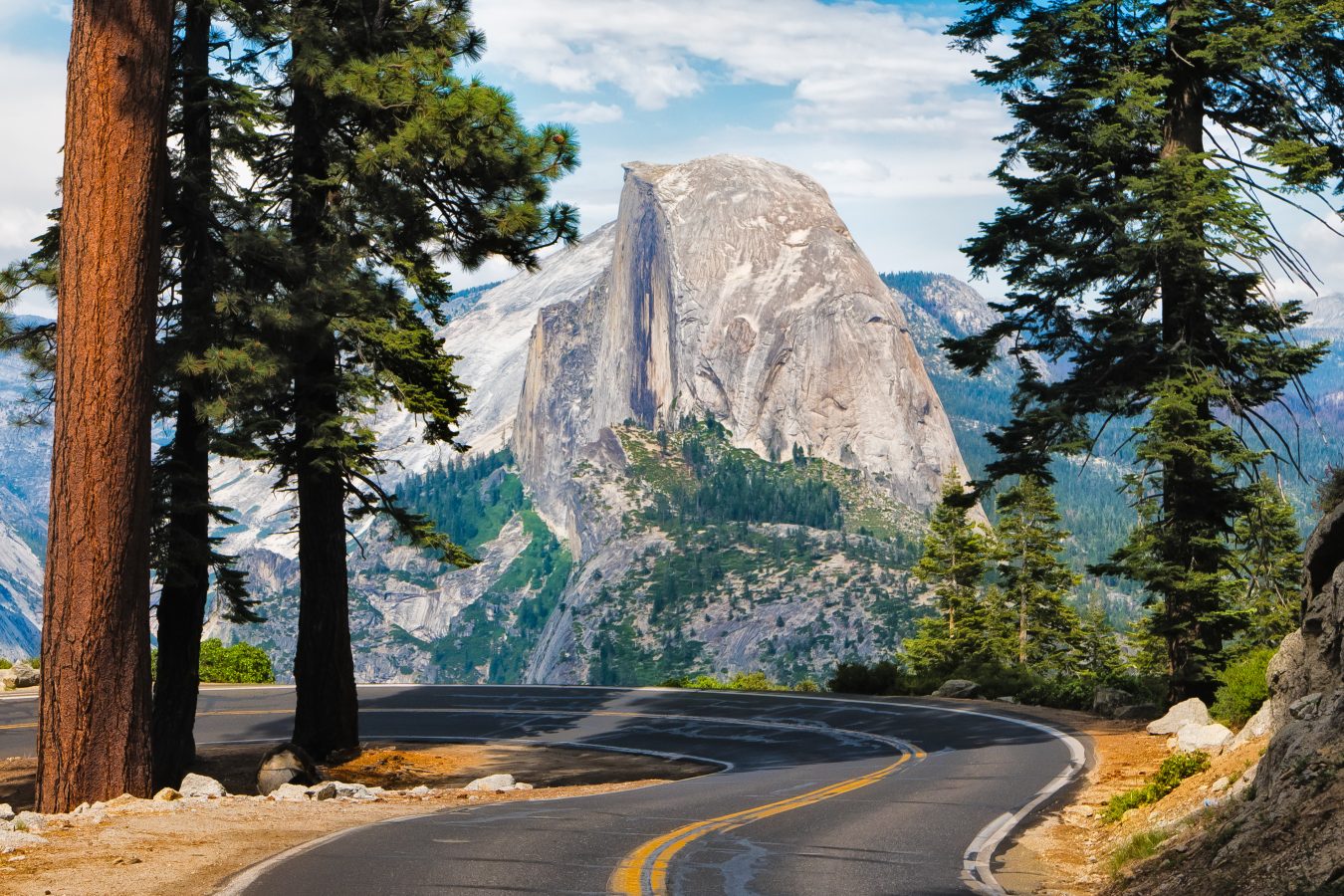
This route packs five of the most famous (and most beautiful) National Parks in the country into just 30 hours of driving time—an average of just five hours between each park! See the iconic Yosemite, watch the sunrise at the Grand Canyon, hike Angel’s Landing at Zion, watch Old Faithful erupt at Yellowstone and then take in some of the most scenic views in the US at the Grand Tetons.
This route includes:
- Yosemite
- Grand Canyon
- Zion
- Grand Teton National Park
- Yellowstone National Park
3. Southwestern Seven
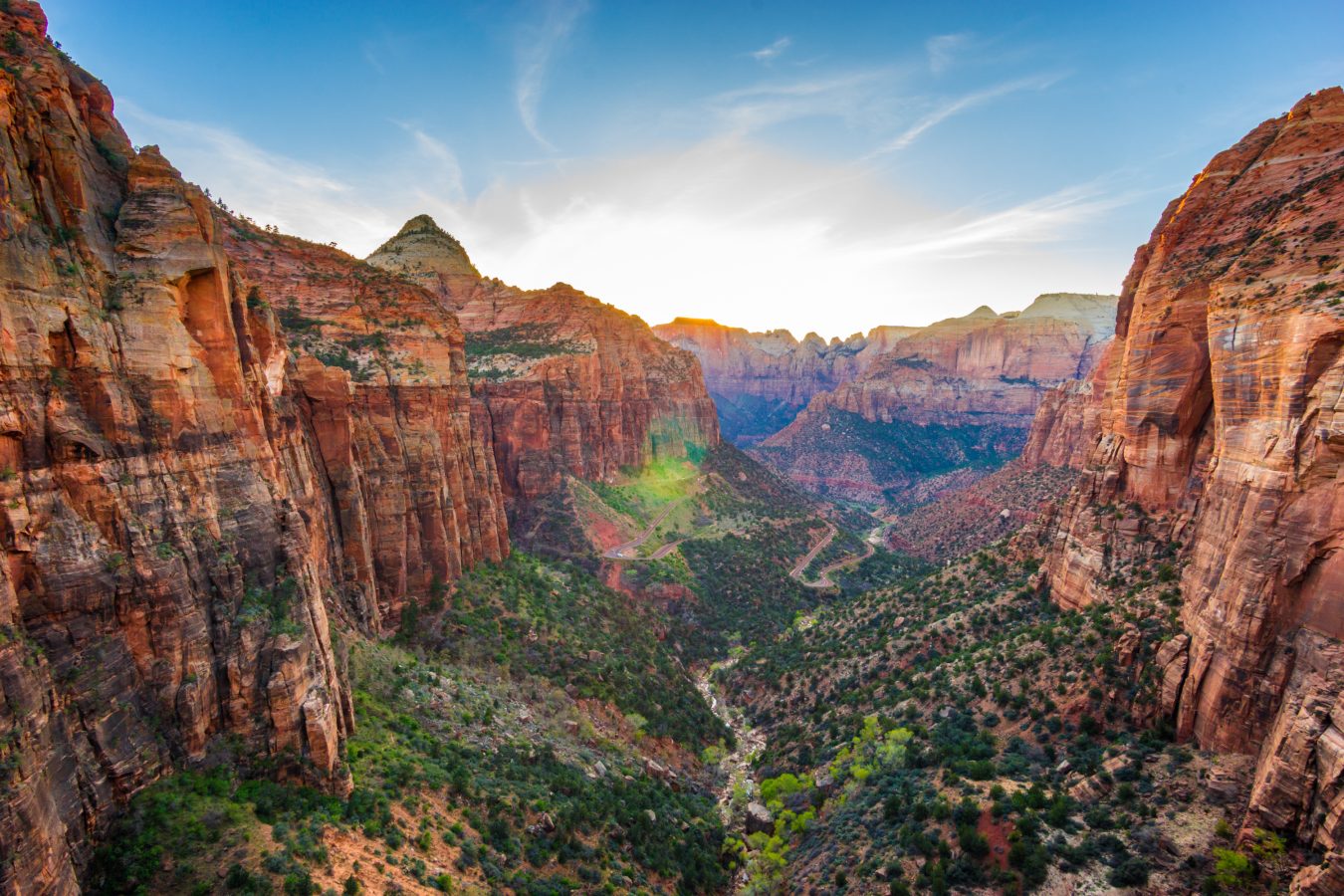
Seven of the best Southwestern National Parks all in one go. Start in Denver or Los Angeles and make your way through some of the most stunning scenery in the Southwest. The weather is a lot warmer in most of these parks, so this is a great spring or fall trip. If you’ve got more time, there’s even more National Parks and wilderness areas (like Antelope Canyon) you can tack onto this itinerary, too.
This route includes:
- Joshua Tree National Park
- Canyonlands National Park
- Arches National Park
- Bryce Canyon
- Zion
- Grand Canyon
- Great Sand Dunes National Park
Which National Park is next up on your list? Find a cheap flight or grab a rental car and make it a plan!
